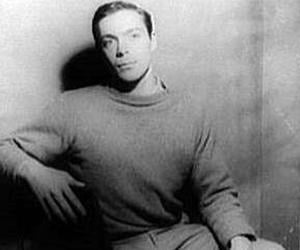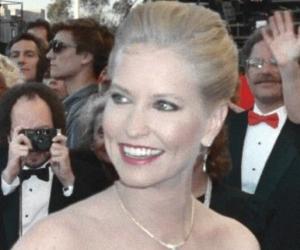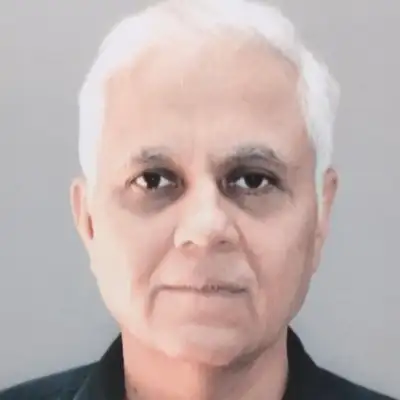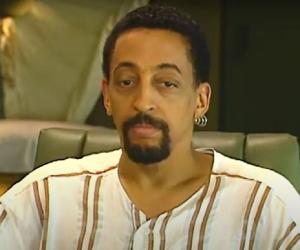Born In: Wilkinsburg, Pennsylvania, U.S.
Paul Taylor
Paul Taylor’s name is synonymous with ‘modern choreography’ in America. Considered a leading choreographer of the 20th century, Taylor was among the last active members of the second group of America’s dance artistes. His radical choreographies were centered on romantic, sexual and comical themes. He was known as the man who launched a number of dancing talents. Some of his famous choreographies struck ‘gold’ and were hits with the audience and at times, sent audiences running amok to the exits. His wide repertoire of choreographies include Esplanade, Aureole, 3 Epitaphs, Scudorama and Speaking in Tongues to name a few. He worked with a number of artistes, including Gene Moore, John Rawlings, Santo Loquasto, Thomas Skelton, Jasper Johns and Matthew Diamond. He won many accolades and awards, including the Emmy Award and the National Medal of Arts. Despite attracting a fair amount of negative criticism for his works, he remained one of the most unflinching and the bravest choreographers who exploited a wide range of themes on stage, and is to date, considered an American dance icon.









